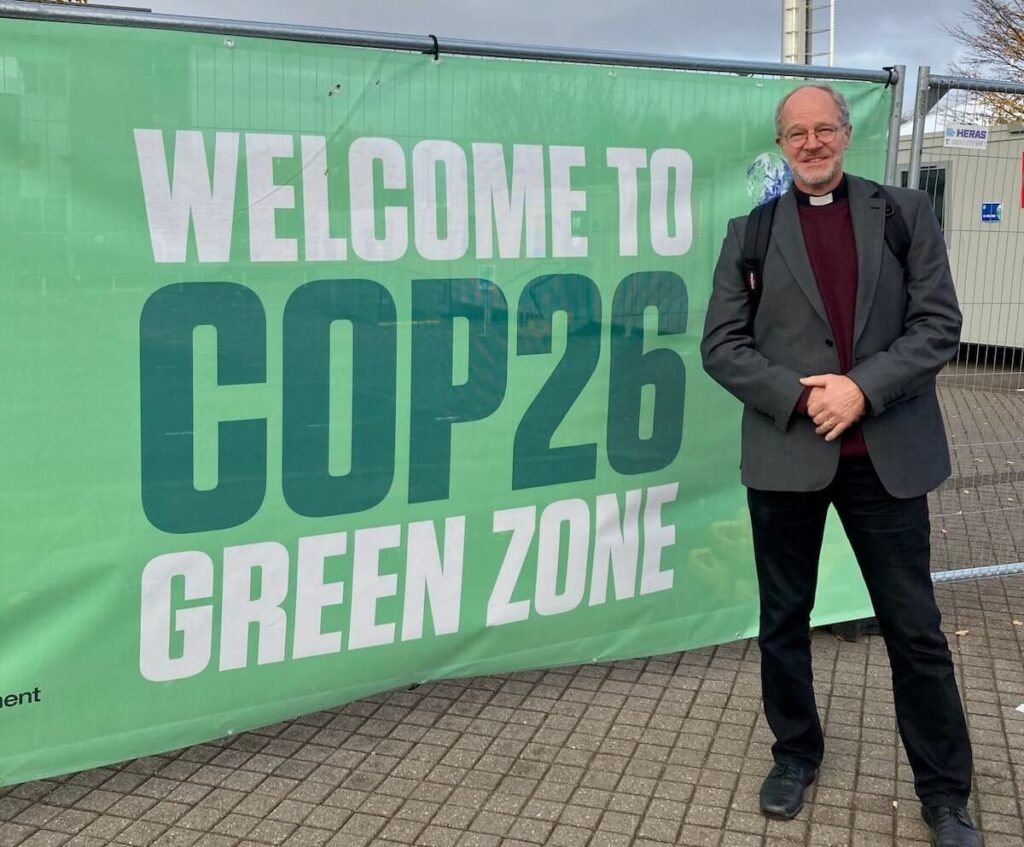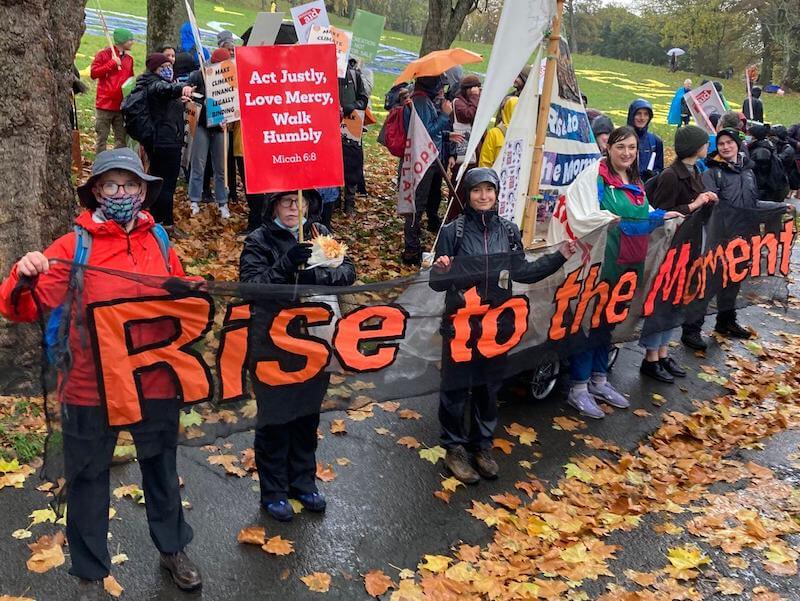By Abby Button
Wilderness. Tracing the concept back to biblical roots, we begin at the Garden of Eden where humans walked in relationship with both God and nature. Later we see the idea of ‘wilderness’ as a place uninhabited by humans, where people went to experience God’s presence, to learn and prepare for spiritual tasks. Biblical characters such as Abraham and Moses spent time in the wilderness – it wasn’t a place which humans inhabited continually but was nonetheless a very important place for humans to visit occasionally. Jesus spent 40 days in the wilderness.
Over time ‘wilderness’ became a place associated with moral confusion and despair by Enlightenment thinkers, and later by Victorians as a romanticised opportunity for exploration, discovery and ‘manhood’. The concept of designated tracts of land being separated off for conservation purposes arose in 19th century America through the pioneering work of naturalists such as John Muir and the creation of the first big National Parks, Yosemite and Yellowstone.
Whilst this is generally seen as a very good and important system for protecting fragile ecosystems from human damage, it is also problematic because, as environmental historian William Cronon writes, it ‘separates us from the very thing it teaches us to value.’ When the ‘wild’ becomes a place defined by the absence of humans, then it’s clearly not a place where humans need to be, and thus the symbiotic relationship is broken – ‘wilderness’ is ironically devalued, and exploitation becomes somehow okay.
In this circuitous situation landscape protection becomes a very necessary measure. But pristine, human-free wilderness is not necessarily the only situation where nature can thrive. In the UK, some of the most important and biodiverse habitats have been created by humans working with nature over generations. For example, hedgerows, ancient woodland, hay (wildflower) meadows, chalk grassland, traditional orchards and ponds are all habitats created by human activity but are now considered ‘priority habitats’.
In Christian stewardship, humans are not intrinsically at odds with nature, but learn to be in right relationship with creation, where we don’t take more than it can give, and where we give in return. It’s a complex problem to solve on a global scale, as human population and demands on resources grow exponentially. However, as individuals we can start by working on the smaller scale, considering our own personal relationships with nature and how we can each be a steward where God has placed us.


